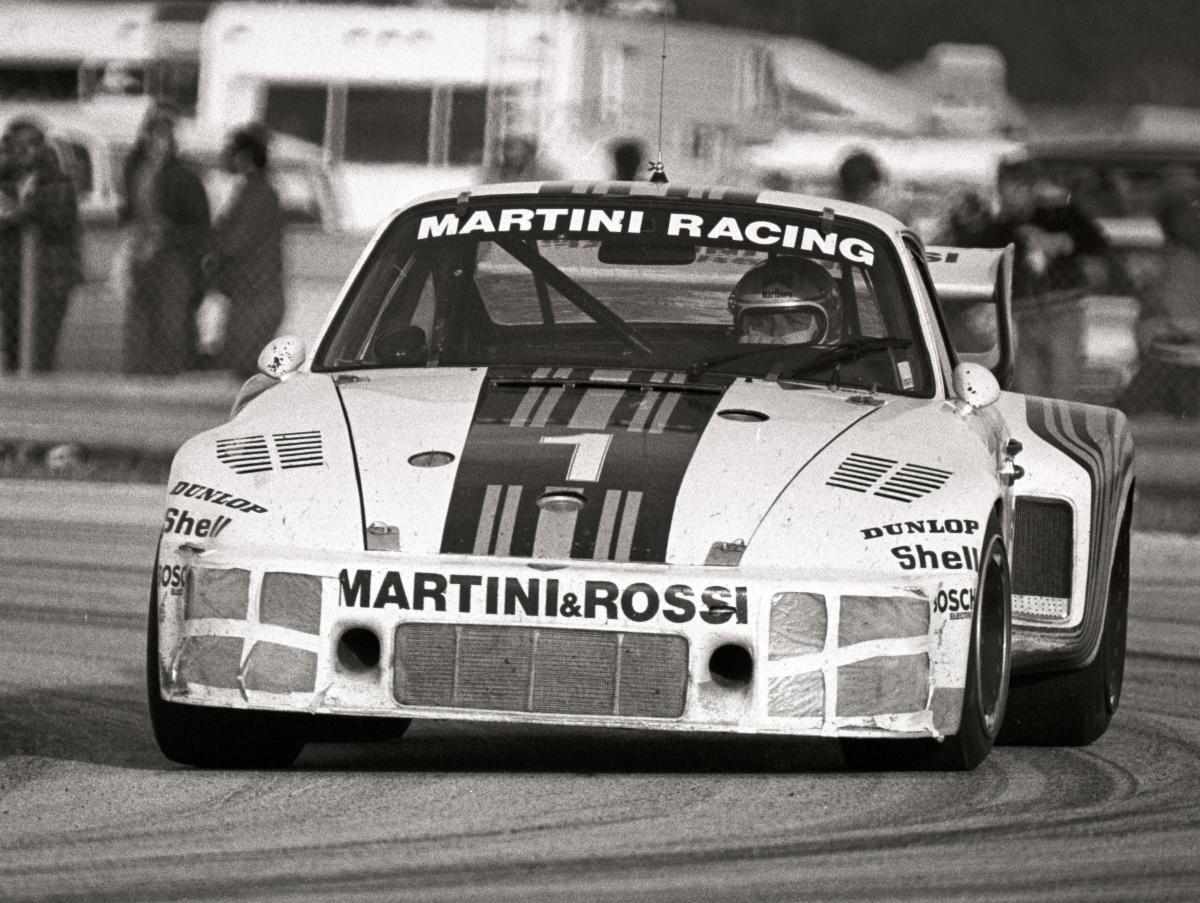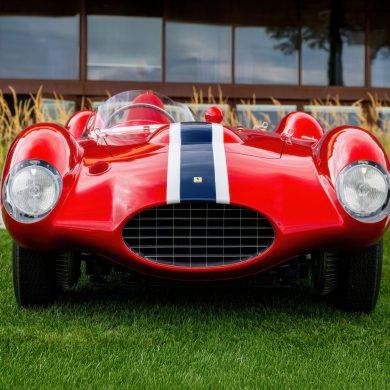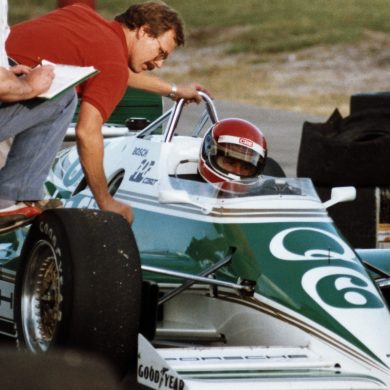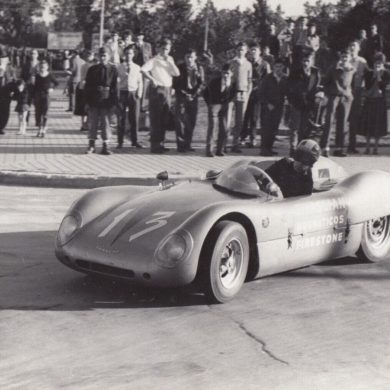The 2021 Amelia Island Concours d’Elegance will be hosting an amazing line-up of Porsche 935s on March 7, 2021.
It was 45 years ago that the Porsche 935 made its debut in an era that was particularly hit hard by the Oil Embargo. In 1974, the 12 Hours of Sebring and the 24 Hours of Daytona were outright canceled. The embargo had both economic and political consequences along with new rules set out by the international motorsport.

During this moment in history Porsche courageously launched the more powerful and more luxurious version of 911, the legendary and iconic Porsche Turbo. The latest racing rules changed the focus on endurance racing from prototypes to modified ‘silhouette’ GT cars. Porsche followed the rules with precise detail, resulting in their ultimate result of the turbocharged Group 5 turbo 935.
Following the new rules to the letter was what gave the 935 its iconic ‘slope nose.’ According to the rules, “The material and shape of the wings (fenders) are free…” and taking it literally, they reshaped the front fenders so it will follow the trunk lid’s contour and repositioned the headlights in the front valence. It gave birth to the ‘slope nose.’

At the time, the rule makers claimed that the rule “wings are free” meant only alterations to the existing fenders were free. After Porsche countered that they followed the rules to the letter, they won the ruling and thus, the profile of the 935 was immortalized.
The initial tests of the 935 were done at Circuit Paul Ricard with the results exciting. During early development, the 935/1 had a 194 mph top speed along the mile-long Mistral straight, which was faster even than the Tyrrell Formula 1 car that was also being tested during the same time. By the end of the season, the 935 with Le Mans gearing was able to reach a top speed of 209 mph, and acceleration of 0-125 mph in only 8.5 mph.



Manfred Schurti was able to show the power of the 935 when he was able to win pole position during the 1976 Nurburgring 1000 Km with a qualifying time that was fast enough to qualify for the Formula 1 German Grand Prix of that season.
Success for the 935 was swift to come and would remain for almost a decade. In their first race in 1976 at the Mugello 6 Hours, the Porsche 935 took the victory. Its final major international win was in the 12 Hours of Sebring in 1984 in a ‘rented’ 935 which was then already in a museum and had accumulated over its life a total of 110 races. Different examples of the 935 won a record number of six times at Sebring, an unsurpassed record with the Audi R8 prototype as the only other model that equaled the record.
From 1978 to 1983, the 935 made it to Daytona’s victory lane 15 times, which includes an awe-inspiring six 24 Hours wins. In addition, it had an impressive fifty-five wins in FIA international championship races from 1976 to 1982.
The new rules that were implemented in 1978 basically left manufacturers with unlimited options for the front and rear bodywork, and Porsche grabbed the opportunity once again and pushed their limits to the extremes. This resulted in the 935 that was immediately given the nickname “Moby Dick” because of its huge swooping aero bodywork matched with white paint. Similar to the ‘slope nose’ of the 935, Porsche again clashed with rule makers, and this time, they had to ever so slightly abbreviate their radical aerodynamic package.
The “Moby Dick” with 800 hp under the hood, went through Le Mans’ speed traps at an impressive 227.5 mph. In the 1978 World Champion for Makes, every round was won by the Porsche 935s, from Daytona to Vallelunga.

The highly evolved Porsche 935 K3 won the ultimate victory during the 1979 24 Hours of Le Mans, making it the first production-based car to grab the Le Mans victory. Adding to the delight for Porsche was that the Porsche 935s took out the impressive one-two-three victory of the race.
The model also completely dominated in America as it won a staggering 51 IMSA GT races from 1978 to 1984, this includes all the events of the 1980s 14-race Camel GT championship season.
The 935 was also welcomed by the SCCA Pro Racing. In 1979, behind the wheel of the 935, John Paul Jr. won six of the nine rounds of the Category II Trans-Am Championship. Peter Gregg from Brumos also won eight of the fifteen IMSA Winston GT Championship races using his white-red-and-blue Brumos 935. The 935 performed even better at the home front as in 1979, Kremer Racing’s Klaus Ludwig won eleven of twelve races to win the German National Group 5 championship behind the wheel of the 935 K3.
In 2018, Porsche gave tribute to the powerful 935. Based on the 911 GT2 RS, the latest 935 had the elongated shape of “Moby Dick,” matched with huge fairings, and finished in a white base color with the red and blue stripes of Martini Racing.
“Fans loved the 935. The 935s were beasts: spectacular flame-belching, 200 mph, road racing ‘funny cars’ But the 935 looks the way we expect a Porsche 911 to look, even with big flares, big muscles, big wings and the 935’s signature slopenose.”
Bill Warner, Amelia Concours d’Elegance founder and Chairman
Tickets for the 2021 Amelia Island Concours d’Elegance can be purchased at their website.
[Source: Amelia Island Concours d’Elegance]










